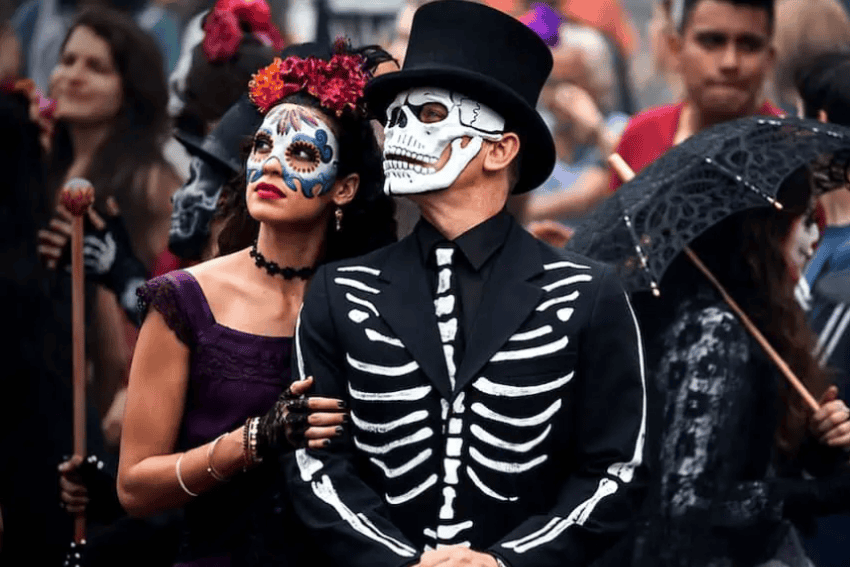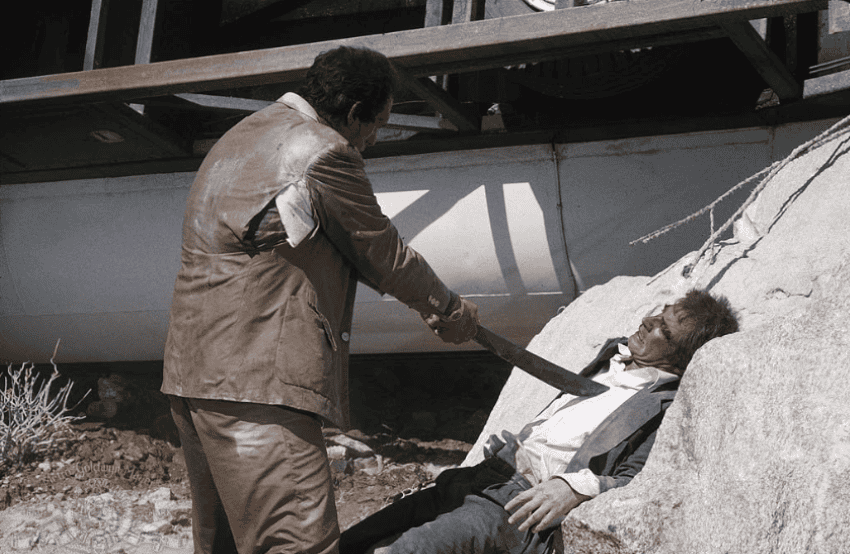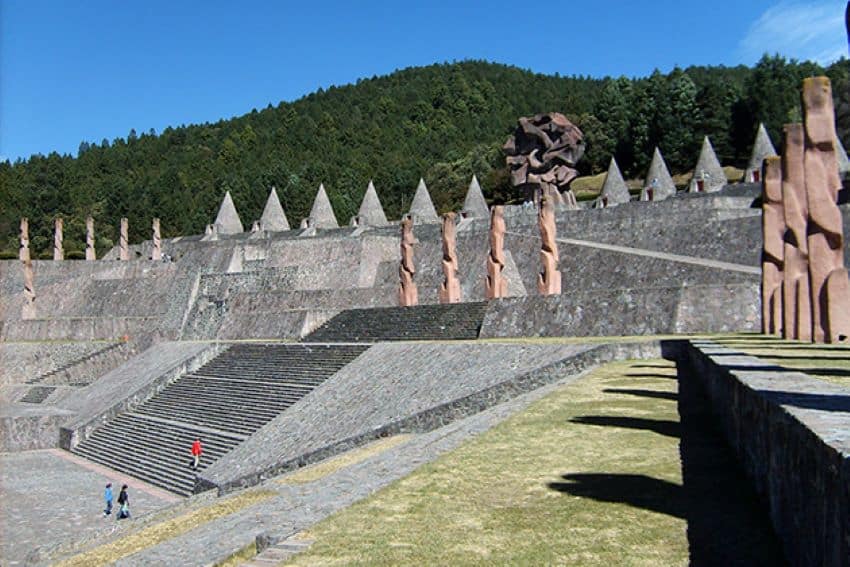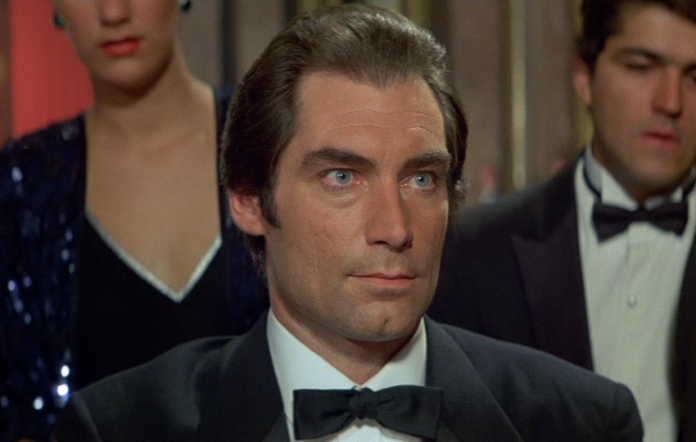Remember that amazing James Bond film that was set in Mexico? The film opens with Bond strolling calmly through the streets of Mexico, surrounded by people celebrating Day of the Dead and it looked so cool that Mexicans actually started copying it — wait. That’s a totally different movie.
As it turns out, there was another, less well remembered Bond film that saw 007 take up arms in Mexico, three decades before Daniel Craig demolished half of the Centro Historico and nearly crashed a helicopter into the Zócalo — one that most people have never heard of. The oft-overlooked “Licence to Kill,” a hard-nosed, realistic revenge thriller released in 1989, was a pioneering film in many ways and one that was quintessentially made in Mexico.

With Coyoacán, Toluca, Cancún and Acapulco standing in for the fictional Republic of Isthmus — a sort of ersatz Colombia/Panama hybrid — Timothy Dalton rampaged through the streets, highways and seas of Mexico. The sixteenth entry in the James Bond canon saw the British secret agent return in a much darker story than audiences were used to, showcasing some of Mexico’s most unique locations in the process.
A new James Bond for a new decade
It was the 1980s. Welsh-born Timothy Dalton had not long come off the back his first outing as James Bond in “The Living Daylights” and was looking to reinterpret his character as a harder-edged, grittier Bond in the style of the books — how quick we all were to forget that he joined the Taliban in that one? The literary Bond was a somewhat different character from the one popularized by Sean Connery, Roger Moore and later Daniel Craig, and one more prone to bouts of extreme violence and brooding silences.
This time, 007 was going to be a rogue agent, hellbent on revenge against vicious drug lord Franz Sanchez — implied to be Colombian and clearly based on Pablo Escobar and Manuel Noriega — responsible for a brutal attack on his longtime ally Felix Leiter. The plot and subject matter were much more reminiscent of the action films of the 1980s, and the winding down of the Cold War provided the opportunity for the franchise to update and escape from the mid-century stereotypes that it was so often reduced to.
The man with the golden tax break
“Licence To Kill” became the first film in the long-running James Bond franchise to be entirely shot outside of the United Kingdom, as the country had abolished tax breaks for foreign film producers in 1985. Set briefly in the Florida Keys and the fictional Isthmus City, filming got underway in the middle of 1988, with the Mexican portion of the film shooting from July 18 to August 18.
The resulting film was shot almost entirely in Coyoacán and Toluca, with cameos from Baja California, Quintana Roo and Acapulco, which hosted underwater scenes shot at Isla Mujeres, and lavish interior shots of Acapulco’s Villa Arabesque.

In Coyoacán, the legendary Estudios Churubusco, Mexico’s leading movie studio, saw a lot of the sound stage work normally filmed at the U.K.’s Pinewood Studios. Surrounding areas of the Centro Histórico also provided lavish interior shots for casino and palace scenes. The Gran Hotel de Ciudad de México, which also stars in “Spectre,” makes its first appearance in the franchise here, as part of an extended series of scenes where Mexico City’s Centro Histórico stands in as Isthmus City. Eagle-eyed viewers will recognize the Casa de los Azulejos as the Casino de Isthmus, the Banco de México as Sanchez’ office and Mexico City’s grand Post Office building, opposite Bellas Artes, as the Banco de Isthmus.
The final, desperate chase, in which a series of tankers race through the desert, was shot on Baja California’s Federal Highway 2D at La Rumorosa, just outside Mexicali.
The decadent Villa Arabesque doubles as villainous drug lord Sanchez’s private villa. The villa was built between 1978 and 1982 for Baron Enrico “Ricky” di Portanova, a flamboyant member of the Acapulco jet-set who popularized Acapulco as a resort destination and was designed by Aurelio Muñoz Castillo. If you are feeling like living like a Bond villain, you can book a night’s stay at Villa Arabesque, which now serves as a luxury hotel.
From Toluca with Love
Bond villains have always occupied stunning hidden lairs, from the iconic volcano base in “You Only Live Twice” to Karl Stromberg’s underwater hideout in “The Spy who Loved Me.” “Licence to Kill” continued the tradition: the climactic portion of the film, in which Bond infiltrates the drug trafficker’s lair, takes place at the Otomí Ceremonial Center, between Toluca and Naucalpan. Not only is the Otomí center a worthy addition to the list, but it’s one of the few bases that actually exists outside of the films.

Bond’s super gritty reinvention was not a total success. Trading in the gadgets for exploding villains in a pressure chamber, feeding people to sharks and setting fire to enemies was perhaps a level of violence that filmgoers were less comfortable with in 1989, and it would be six years before Bond returned to screens in “Goldeneye” — this time with Pierce Brosnan as the titular character.
As for Estudios Churubusco, “Licence to Kill” was part of a run of major foreign films shot at the studio — with 1989 bringing “The Hunt for Red October,” “Honey I Shrunk the Kids” and “Total Recall.” Mexico would host three more Bond shoots: 1997’s “Tomorrow Never Dies,” 2008’s “Quantum of Solace” and, of course, 2015’s “Spectre.”
If you’d like to travel Mexico and recreate the events of the film — though perhaps with fewer sharks and acts of immolation — an exhaustive guide to the locations used in Licence to Kill is available here.
By Mexico News Daily writer Chris Havler-Barrett
